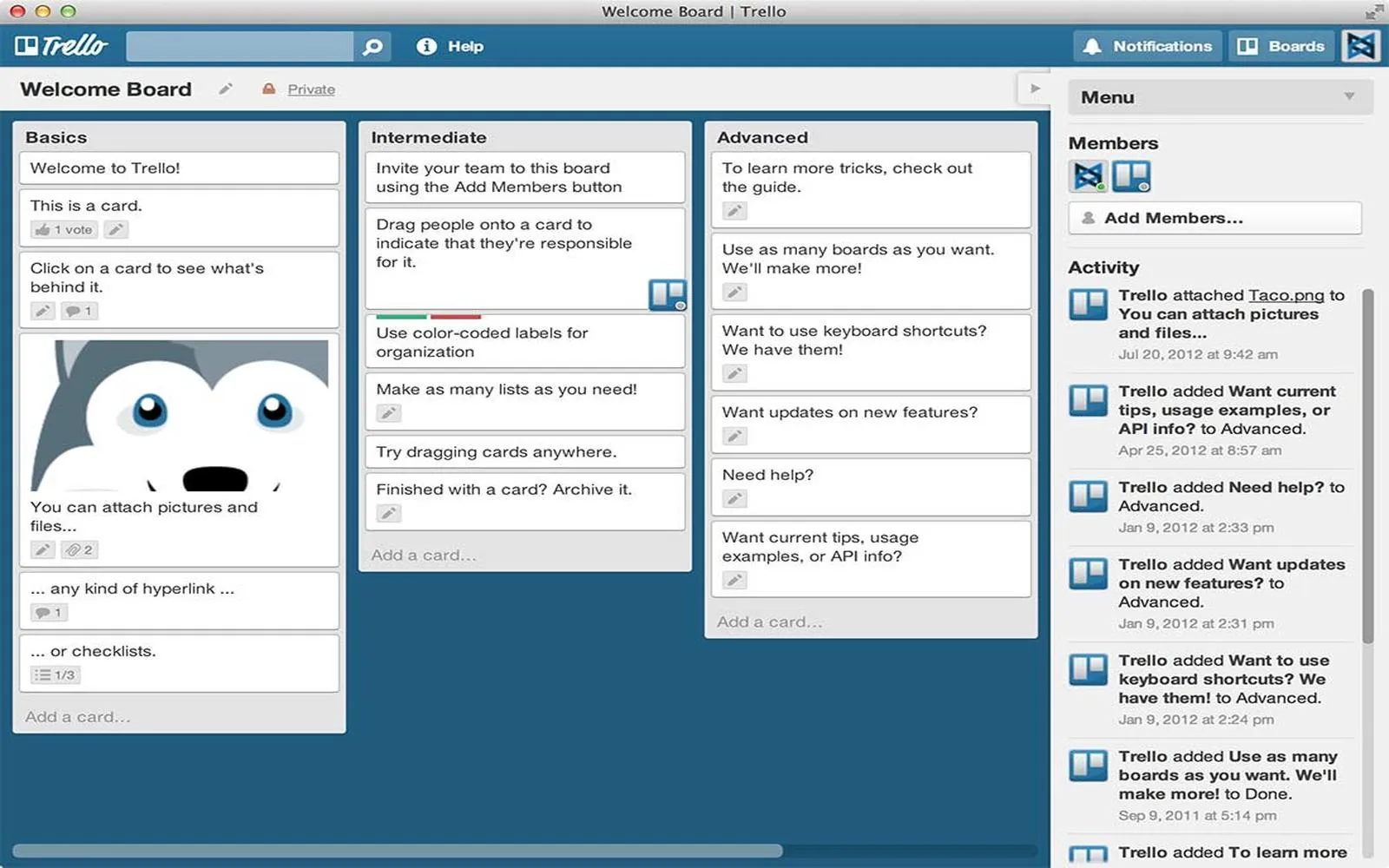In today's fast-paced digital world, working in a remote team has become increasingly common. To enhance productivity and efficiency, it's essential to adopt strategies that help team members collaborate effectively while working from different locations. Below, we explore actionable tips on how to work faster in a remote team, focusing on tools and techniques that can streamline communication, project management, and overall workflow.
1. Leverage Collaborative Tools
Utilizing the right collaborative tools is crucial for remote teams. These tools can help you manage tasks, share files, and communicate effectively. Some of the top tools include:
| Tool Name | Purpose |
|---|---|
| Slack | Real-time messaging and communication |
| Trello | Task management and project tracking |
| Google Workspace | Document collaboration and sharing |
| Zoom | Video conferencing for meetings |
By integrating these tools, team members can communicate seamlessly, ensuring that everyone stays on the same page. This ultimately leads to faster project completion and enhanced productivity.
2. Establish Clear Communication Channels
Effective communication is the backbone of any remote team. To work faster, establish clear communication channels. Here’s how:
- Set specific times for check-ins: Regular meetings help keep everyone aligned with project goals.
- Define preferred communication methods: Decide when to use email, chat, or video calls based on the urgency and complexity of the message.
- Encourage open feedback: Create an environment where team members feel comfortable sharing their thoughts and suggestions.
By improving communication, teams can avoid misunderstandings and reduce delays, allowing them to work faster and more efficiently.
3. Define Roles and Responsibilities
When working remotely, it’s essential for each team member to have a clear understanding of their roles and responsibilities. This clarity helps prevent overlap and confusion, leading to a more streamlined workflow. Here are some tips:
- Create a responsibility matrix: This visual representation outlines who is responsible for what tasks, ensuring accountability.
- Regularly review roles: As projects evolve, roles may need to be adjusted. Regular reviews help keep everyone aligned.
Clearly defined roles lead to faster decision-making and improved productivity within the team.
4. Optimize Time Management
Time management is crucial for remote teams. Implementing effective time management strategies can significantly increase your team’s productivity. Consider these techniques:
- Set deadlines: Establish clear deadlines for tasks to keep everyone focused and motivated.
- Use time-tracking tools: Tools like Toggl or Harvest can help team members understand how they allocate their time and identify areas for improvement.
- Encourage the Pomodoro Technique: This method involves working in focused sprints followed by short breaks, which can enhance concentration and efficiency.
By optimizing time management practices, remote teams can minimize distractions and maintain a strong focus on their tasks.
5. Foster Team Building and Trust
Building trust within a remote team is essential for fostering collaboration and increasing productivity. Here are ways to strengthen team relationships:
- Organize virtual team-building activities: Engage in fun activities, like online games or trivia, to strengthen bonds.
- Encourage social interactions: Create informal channels for team members to chat and connect outside of work-related discussions.
A cohesive team is more likely to work faster and support each other in meeting deadlines and achieving goals.
6. Prioritize Well-Being
Remote work can sometimes blur the lines between personal and professional life, leading to burnout. Prioritizing well-being is vital for maintaining productivity. Consider these practices:
- Encourage work-life balance: Promote flexible schedules to help team members manage their personal and work commitments.
- Implement wellness initiatives: Offer resources, such as access to mindfulness apps or virtual fitness classes, to support mental health.
A healthy, well-balanced team is more productive and can work faster towards achieving their objectives.
Conclusion
Working faster in a remote team requires a combination of effective tools, clear communication, defined roles, time management, team building, and a focus on well-being. By implementing these strategies, remote teams can enhance their productivity and achieve their goals more efficiently. Remember, the key to success in a remote environment is collaboration and continuous improvement.





